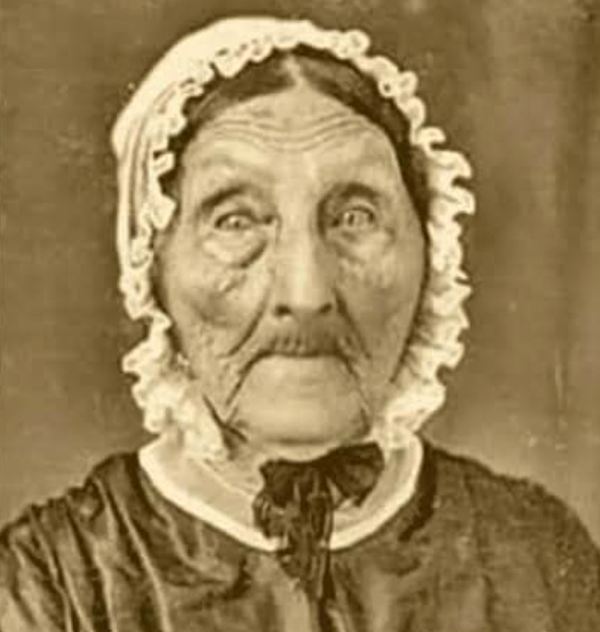Valentina Vassilyev Age, Death, Husband, Children, Family, Biography & More
Quick Info→
Husband: Feodor Vassilyev
Hometown: Shuya, Russia
Age: 76 Years
| Bio/Wiki | |
|---|---|
| Profession | Peasant |
| Famous for | Holding the record for most children born to a single woman (69) according to the Guinness Book of World Records |
| Personal Life | |
| Date of Birth | Year, 1707 |
| Birthplace | Shuya, Ivanovo Oblast, Tsardom of Russia |
| Date of Death | Year, 1782 |
| Place of Death | Shuya, Ivanovo Oblast, Tsardom of Russia |
| Age (at the time of death) | 76 Years |
| Nationality | Russian |
| Hometown | Shuya, Russia |
| Relationships & More | |
| Marital Status (at the time of death) | Married |
| Family | |
| Husband/Spouse | Feodor Vassilyev (peasant of Government of Moscow) |
| Children | Valentina Vassilyev and her husband, Feodor Vassilyev, had 69 children between 1725 and 1765. This included 16 pairs of twins, 7 sets of triplets, and 4 sets of quadruplet. 67 of them survived while one set of twins died in infancy. |
| Parents | Names Not Known |
Some Lesser Facts About Valentina Vassilyev
- Valentina Vassilyev was a Russian woman who holds the record for most children born to a single woman in the Guinness Book of World Records. She is known for being the world’s most fertile woman who gave birth to 69 children.
- Valentina Vassilyev’s husband, Feodor Vassilyev, was a peasant hailing from Shuya, Russia. The 18th-century couple managed to become parents to an astonishing total of 69 children between 1725 and 1765. Despite the historical era and their status as peasants, which limited access to advanced medical care, Valentina gave birth 27 times. These deliveries included 16 sets of twins, 7 sets of triplets, and 4 sets of quadruplets. 67 of these children survived infancy, though tragically, one pair of twins did not.
- Valentina’s pregnancies are believed to have endured for approximately 37 weeks for the twins, 32 weeks for the triplets, and 30 weeks for the quadruplets. However, specific details such as the names, birth dates, and death dates of these children remain undisclosed. The Monastery of Nikolskiy documented this extraordinary case on 27 February 1782, and it gained recognition by being featured in The Guinness Book of World Records in the year 1998.
- Later, Feodor Vassilyev fathered 18 more children with his second wife in a total of eight pregnancies – comprising six sets of twins and two sets of triplets. This would result in a grand total of 87 offspring parented by him. However, the reliability of this claim is uncertain due to the absence of well-documented records from that era. Nevertheless, The Gentleman’s Magazine (Volume 53, page 753, London, 1783) verifies this assertion. [1]The Gentleman’s Magazine (Vol. 53 p. 753, London, 1783) – Google Books In the magazine, Feodor Vassilyev was referred to as Feodor Waffilief. It read,
In an instance of this kind in England, I think, though much inferior to this, the doubt was, whether the extraordinary fecundity was owing to the man singly, or woman, or both jointly: the death of the first wife, and the fruitfulness of the second, was thought to go a good way in determining the question in favour of the man… however astonishing, may be depended upon, as it came directly from an English merchant at St. Petersburg to his relation in England, who added, that the peasant was to be introduced to the Empress. A few such subjects would remove the great defect of the population in her extensive do- minions.”
- While the Guinness Book of World Records acknowledged the account of Feodor and Valentina, many, particularly those within the medical field, remain sceptical and regard the narrative as a tale. Feodor Vassilyev’s presence can also be found in Ivan Nikitich Boltin’s 1788 commentary on Russian history and in Alexander Pavlovich Bashutskiy’s 1834 publication, “Saint Petersburg Panorama.”
- In a 1933 article published in Biometrika by Julia Bell, it is noted that a 1790 book titled “Statistische Schilderung von Rußland” by B. F. J. Hermann did include references to Feodor Vassilyev’s children. Bell further highlights that The Lancet, in an 1878 article focused on twin studies, discussed this case. According to The Lancet article, the French Academy of Sciences made an attempt to verify the assertions regarding Vassilyev’s children. They sought guidance from “M. Khanikoff of the Imperial Academy of St Petersburg” to investigate the authenticity of the event but he said “that all investigation was superfluous, that members of the family still lived in Moscow and that they had been the object of favors from the government.” [2]The Lancet Bell concluded by casting doubt on the credibility of the Vassilyev case. Similarly, in her 1989 book “Quadruplets and Higher Multiple Births,” Marie Clay from the University of Auckland laments the lack of thorough inquiry during that time. [3]Quadruplets and Higher Multiple Births – Google Books
References/Sources:










